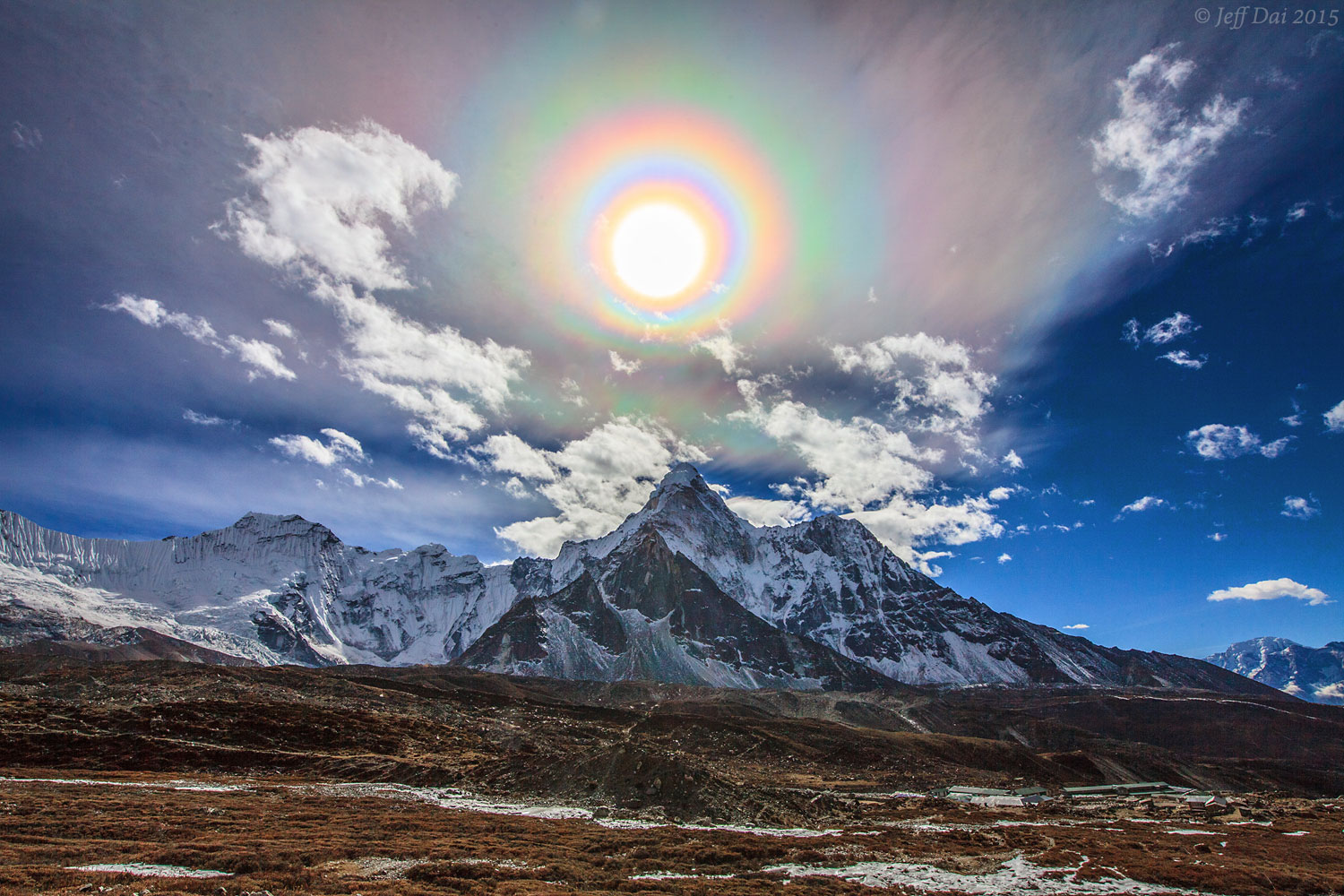
- Sun corona in day light images explained full#
- Sun corona in day light images explained professional#
- Sun corona in day light images explained free#
Sun corona in day light images explained free#
At the beginning, the Sun is (almost) free of spots. The number of sunspots vary in a cycle lasting about 11 years. Most of them have a dark central region called the "umbra" (that is about 1600 degrees cooler than the photosphere), surrounded by a less dark region called the "penumbra" (about 500 degrees cooler than the photosphere). Spot sizes vary from "small" ones about 15,000 km across (that is, about the size of the Earth) to enormous groups spanning more than 150,000 km. They generally appear in pairs or groups, and are associated with very strong magnetic fields. Sunspots are dark areas in the Sun's photosphere, which are cooler than their surroundings. Almost all features of the Sun's visible-light spectrum originate in the photosphere, including the dark Fraunhofer lines (named after the German physicist who first described them in the early 19th century). Other photospheric features include sunspots, faculae and filamentary structures, all associated with strong magnetic fields. They are caused by rising (convective) cells of hot gas. They are called granulation and change every few minutes. The photosphere has a "grainy" texture with individual cells measuring about 1000 km in diameter.

The temperature in the photosphere decreases steadily from about 6400 degrees at the base to about 4400 degrees at the top where it merges with the chromosphere above. It is particularly well visible in white light or in the light of the ionized calcium (the spectral K-line). From this thin layer - which is only about 300 km deep - most of the Sun's energy is emitted in the form of visible and infrared radiation. The photosphere is the visible "surface" of the Sun. Outside eclipses it is visible in the monochromatic light of hydrogen atoms (the H-alpha spectral line). Immediately before and after a total solar eclipse, the chromosphere is visible as a crescent or diamond ring, of reddish colour. Over this distance, the temperature of the chromosphere increases from 4300 degrees to more than 400,000 degrees. It extends from a few hundred kilometers above the top of the photosphere and outwards to a height of about 2000 km where it merges with the corona. The chromosphere (which means "coloured sphere") is a transparent layer, just above the photosphere.
Sun corona in day light images explained professional#
Professional astronomers have developed a special telescope, a so-called coronograph that makes it possible to see and photograph the corona, also outside solar eclipses.
Sun corona in day light images explained full#
Although as bright as the full Moon, the corona is normally "drowned" in the sunlight that is scattered in the Earth's atmosphere - the daytime sky near the Sun is simply too bright to see the surrounding corona.ĭuring a total solar eclipse, the Moon blocks the light from the solar photosphere, and the sky is sufficiently dark for the corona to become visible. You can only see the corona directly during a total solar eclipse. It is an extremely hot zone with temperatures reaching up to about 2 million degrees this is caused by the transport of energy from the layers below by means of magnetic fields. The corona (which means "crown") is the outer shell of the Sun's atmosphere. Photo of the Sun's corona, obtained during the solar eclipse on Aug(Philippe Duhoux - ESO) There is access to recent solar images (from ground-based telescopes and SOHO), via the dedicated webpage at the Observatoire de Paris.


the various phenomena in the atmosphere, like "flares" and "prominences".the sunspots - dark areas on the photosphere, which are cooler than the surroundings.the photosphere - the visible "surface" of the Sun.the chromosphere - a transparent layer between the corona and the photosphere.the corona - the outermost, hot shell of the atmosphere.It is a huge, luminous ball of gas like other stars in the Universe. Mercury Transit on Information about the Sun


 0 kommentar(er)
0 kommentar(er)
